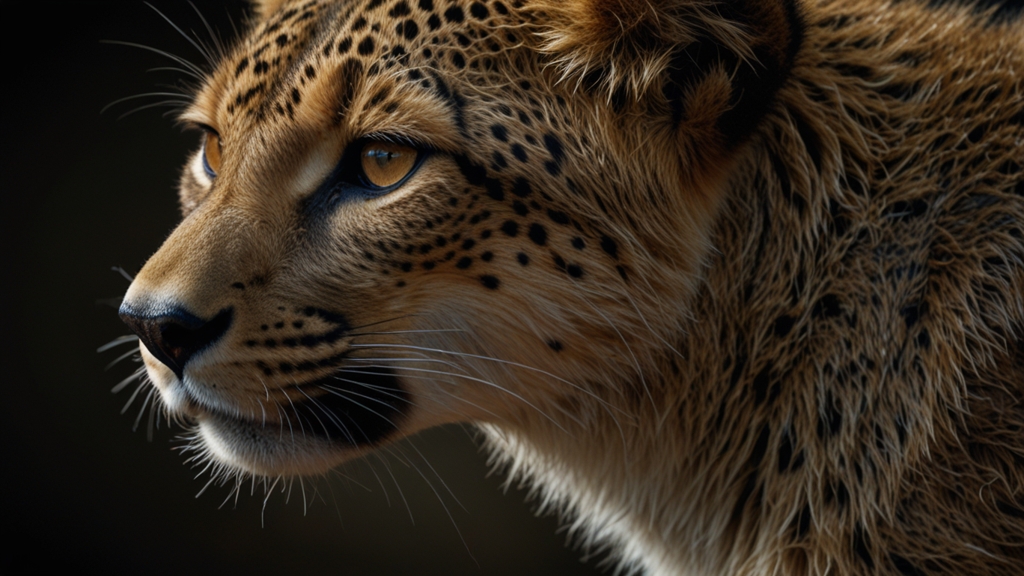Spotlight on Mammals: Nature's Ingenious Innovators
Mammals, those warm-blooded vertebrates characterized by their ability to nurse their young with milk, have always held a special place in the tapestry of life on our planet. From the tiny bumblebee bat to the gigantic blue whale, mammals exhibit an astounding variety of adaptations, proving their ingenuity in the natural world. This incredible diversity highlights not only their evolutionary success but also their unmatched ability to innovate in their habitats.
Diverse Adaptations
The adaptability of mammals is evident in their wide range of habitats—from the arid deserts to the frozen polar regions, and from the deep oceans to the highest mountains. This adaptability can be attributed to various evolutionary innovations that mammals have developed over millions of years.
“Mammals are a testament to nature's adaptability and innovation. Their varied forms and functions showcase how life can thrive in an array of environments.”—Dr. Jane Goodall
Remarkable Sensory Abilities
Mammals have developed a range of sensory adaptations to understand and navigate their environment expertly. Consider the echolocation abilities of bats and dolphins, which enable them to navigate and hunt with precision even in complete darkness or murky waters. These echo waves provide a detailed 'map' of their surroundings, much like sonar technology.
On the other hand, the keen olfactory senses of canines allow them to track scents for miles, making them excellent hunters and trackers. Tigers and wolves, for instance, rely heavily on their sense of smell to locate prey and mark their territories. In contrast, primates have evolved complex visual systems, including color vision, which aids in identifying ripe fruits and spotting predators.
Ingenious Builders and Tool Users
Another hallmark of mammalian ingenuity is their ability to use tools and modify their surroundings to enhance their survival. Beavers, often dubbed as 'nature's engineers,' create extensive dams and lodges that alter entire ecosystems, benefiting numerous other species in the process.
“Beavers exemplify how mammals can alter their environment to create new habitats, demonstrating an innate understanding and manipulation of their surroundings.”—E.O. Wilson
Moreover, primates, particularly chimpanzees, have been observed using sticks to fish for termites or leaves to collect water, showcasing their problem-solving capabilities and manual dexterity. These behaviors hint at the cognitive complexities and learning capacities within the mammalian brain.
Surviving Extremes
Mammals have also evolved to endure some of the most extreme environments on Earth. In the frozen tundras, for instance, Arctic foxes have developed thick fur and a metabolism that allows them to survive in temperatures as low as -70 degrees Celsius. Similarly, desert-dwelling mammals like the kangaroo rat have adapted to conserve water efficiently, often going their entire lives without a direct source of water.
In the deep sea, the sperm whale dives to incredible depths, holding its breath for up to 90 minutes while searching for squid. This remarkable feat is a testament to the unique physiological adaptations that allow such extreme behavior.
The Future of Mammalian Adaptation
As our planet continues to change due to human activity and climate shifts, mammals will be forced to adapt in new ways. Some species will undoubtedly face greater challenges than others, but the history of mammals shows a legacy of resilience and innovation. Through continued adaptation, these remarkable creatures will likely find ways to thrive in the face of new challenges. Conservation efforts, therefore, play a crucial role in ensuring these natural innovators have the space and resources to continue their evolutionary journeys.
In conclusion, mammals are nature's ingenious innovators. Their vast range of adaptations, from sensory abilities to environmental modification and survival in extreme conditions, highlights their critical role in the natural world. As we continue to study and learn from these remarkable creatures, they will undoubtedly continue to inspire wonder and admiration.
“The story of mammals is one of endless ingenuity and adaptability, serving as a cornerstone for understanding the broader narrative of life on Earth.”—David Attenborough










